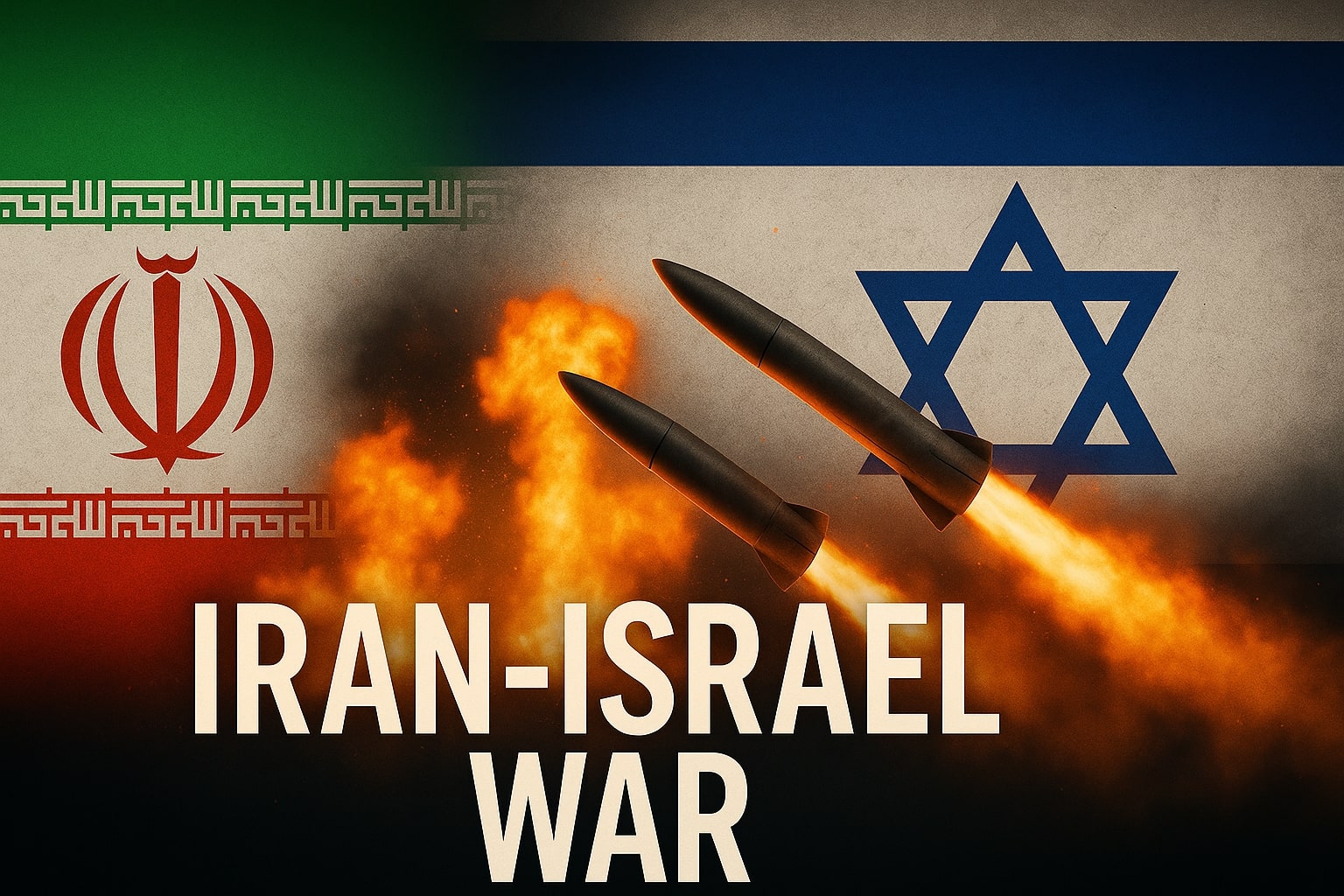The Middle East is once again on edge as Israel and Iran exchange strikes, each action rippling across the region and the globe. To help you understand the evolving situation, here’s the latest on every strike, how each side responds, and the shifts unfolding in this high-stakes conflict.
🌐 Day One: Israel’s Surprise Offensive
On June 13, 2025, Israel launched a massive air campaign named “Operation Rising Lion.” Dozens of airstrikes hit key Iranian targets: nuclear enrichment sites, missile launchers, air‑defense systems, and senior IRGC commanders—including intelligence chiefs and top generals—were reportedly killed. Satellite footage later confirmed extensive damage at Natanz and Tehran facilities.
Israel’s stated goal: degrade Iran’s nuclear and military capabilities and preempt existential threats. According to the IDF, this wasn’t about regime change—yet .
⏳ Day Two: Iran Strikes Back
By June 14, Iran responded with Operation True Promise III, launching approximately 150–200 ballistic missiles and over 100 drones toward Israel. These strikes hit Tel Aviv, Haifa, and surrounding regions, killing at least 14 Israelis and injuring dozens. Israeli defenses like the Iron Dome intercepted many, but some missiles broke through, forcing mass shelter use and travel disruptions .
🔁 Day Three: Escalation Continues
On June 15, the exchanges intensified. Israel expanded its strike targets to energy facilities, the Defense Ministry, and oil depots in Tehran and southern Iran, resulting in rising civilian casualties—over 400 Iranians, including nuclear scientists and intelligence officials. In response, Iran’s missile-fire continued, claiming additional Israeli lives and infrastructure damage .
🤖 Covert Front: Mossad’s Surprise Role
Alongside aerial warfare, Israeli intelligence executed a covert drone sabotage campaign deep inside Iran. Mossad reportedly smuggled drone parts and launched sabotage on missile launchers and air defenses, significantly weakening Iran’s ability to retaliate effectively. This hybrid warfare approach—blending sabotage with conventional strikes—marks a new chapter in the Iran-Israel confrontation.
🔎 What’s Different This Time?
- Scale and Speed: These attacks represent the largest direct exchanges between Israel and Iran since October 2024.
- Hybrid Tactics: Israel combined intelligence-led covert operations with high-altitude airstrikes—unprecedented in scope.
- Civilians at Risk: Both sides have inflicted heavy civilian casualties and targeted critical infrastructure, drawing global attention .
- Regional Fallout: Global oil markets waver amid fears of spills in the Strait of Hormuz; diplomatic efforts continue behind the scenes.
⚠️ Big Strategic Questions
- Endgame: Is Israel aiming to neutralize Iran’s nuclear program—or initiate regime change? Analysts are divided.
- Iran’s Response: Will Iran escalate further using proxies like Hezbollah or Gulf militias, or stay within limited missile exchanges ?
- U.S. Role: The U.S. has supported Israel defensively without launching its own attacks. President Trump has hinted at more involvement if American interests are threatened.
- Nuclear Implications: Analysts fear that continued strikes might push Iran to accelerate nuclear development as a deterrent .
📌 Key Developments to Watch
- Ceasefire Talks: Iran has ruled out negotiations under fire. Diplomatic efforts from the EU, G7, UN, and symbolic figures like Trump continue.
- Economic Ripples: Oil prices are climbing, supply chains are jittery, and European bond patterns are shifting.
- Civilian Toll: With hundreds dead and injured on both sides, humanitarian aid and civilian safety are increasingly urgent.
✅ Final Take
The Iran–Israel War Tracker shows a fast-moving conflict fueled by military precision, intelligence subterfuge, and regional fear. Israeli strikes aim to cripple Iran’s military and nuclear infrastructure, while Iranian missiles and drones seek to retaliate and deter further action. The Israel–Iran dynamic has shifted—no longer proxy, but outright direct warfare.
Stay tuned for updates on negotiations, escalation paths, U.S. involvement, and regional flashpoints. From Tehran to Tel Aviv, each strike reshapes the Middle East’s fragile balance—and the world is watching.











